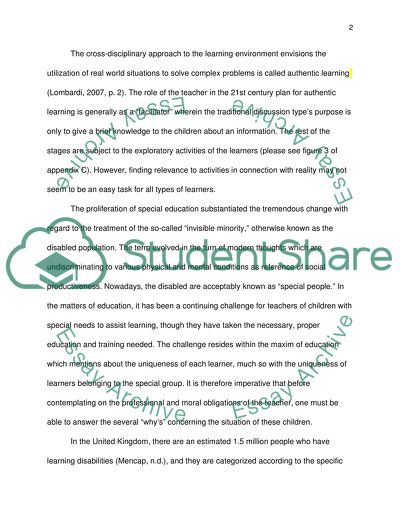Cite this document
(“Teaching and learning challenges and strategies Essay”, n.d.)
Retrieved from https://studentshare.org/education/1407150-teaching-and-learning-challenges-and-strategies
Retrieved from https://studentshare.org/education/1407150-teaching-and-learning-challenges-and-strategies
(Teaching and Learning Challenges and Strategies Essay)
https://studentshare.org/education/1407150-teaching-and-learning-challenges-and-strategies.
https://studentshare.org/education/1407150-teaching-and-learning-challenges-and-strategies.
“Teaching and Learning Challenges and Strategies Essay”, n.d. https://studentshare.org/education/1407150-teaching-and-learning-challenges-and-strategies.


